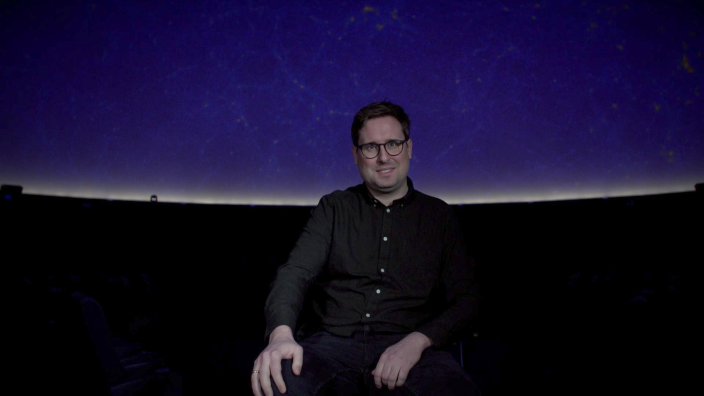New series of videos: On the way to a professorship
In this new series of videos, the Communication and Public Relations department presents six academics from a variety of disciplines who are either junior professors or who head a group of junior researchers. The range of subjects they cover is a wide one: How can we improve the capacity of storage media? How can companies find the most suitable staff? How does Islam view animal welfare and environmental ethics? In addition to research topics, we will also be looking at what motivates researchers personally. What led them to their particular subject? What do they find fascinating about it? And what are the still unanswered questions in their subject? The videos will be published in regular intervals on the website and on Münster University’s YouTube channel.
The first portrait introduces Kai Schmitz, an junior professor at the Institute of Theoretical Physics. His research is in the field of particle cosmology, and he is trying to understand how our universe originated. In this video he explains why the standard model of particle physics is coming up against its limits in cosmology, how his fascination for the subject started, and what he would like to achieve with his research in the coming years.

Zum Abspielen des Videos wird dieses von einem Webserver der Firma Google™ LLC geladen. Dabei werden Daten an Google™ LLC übertragen.
Junior Professors and Heads of Junior Researchers Groups
Junior Professorships exist to enable researchers with an outstanding doctoral thesis to carry out independent research and teaching – without the previously customary habilitation – and to qualify them within six years for an appointment to a tenured professorship. Heads of Junior Researchers Groups likewise prepare specifically for tenured professorships. They have tasks similar to those undertaken by junior professors – carrying out research, supervising PhD theses and degree theses, and undertaking teaching. In addition, they head their own working group, independently and, as a rule, for five to six years.
